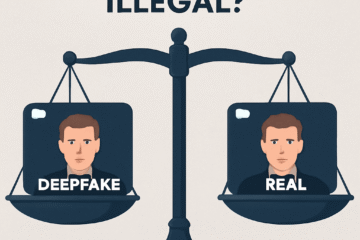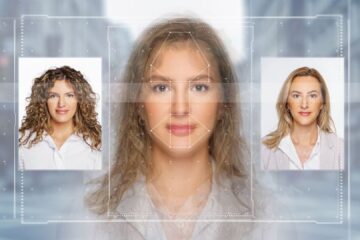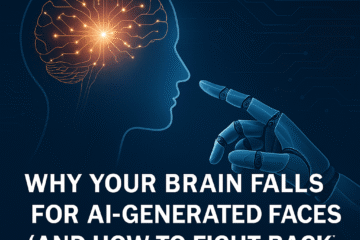What Are Deepfakes—and Can They Be Used for Good?
Most people associate deepfakes with misinformation, identity theft, or cybercrime. But that’s only one side of the story.
The truth is: deepfakes can also be used for good—when developed and deployed ethically.
Thanks to advances in AI deepfake technology, we’re now seeing promising use cases in healthcare, education, entertainment, and even journalism training. As awareness of deepfakes increases, so does the opportunity to repurpose them for positive outcomes.
Let’s explore five compelling examples of deepfakes being used responsibly and creatively.
🎬 1. Film & Dubbing: Making Production Smarter
In the entertainment industry, deepfakes are helping:
- Recreate actors’ faces or voices without expensive reshoots
- Dub content into multiple languages with natural-looking lip sync
- Bring deceased or unavailable actors back into key roles
🎥 Lucasfilm famously used AI to recreate young Luke Skywalker in The Mandalorian, showcasing the artistic and nostalgic potential of deepfake tech.
Deepfakes for good in film offer new ways to preserve stories without breaking the magic of performance.
🧠 2. Education & Historical Immersion
Imagine Einstein or Martin Luther King Jr. speaking directly to a classroom.
Thanks to AI-generated avatars, educators and museums are now offering:
- Interactive virtual history lessons
- Deepfake-driven documentaries
- Lifelike character reenactments
This technology turns passive learning into an immersive experience, especially for visual learners.
Deepfakes in education make history and science relatable, while also encouraging students to question what’s real.
🗣️ 3. Healthcare & Voice Recovery
One of the most transformative uses of deepfake technology is in medical speech recovery.
People suffering from:
- ALS (Lou Gehrig’s Disease)
- Throat cancer
- Severe strokes
…can use AI to reconstruct their own voice using pre-recorded samples, allowing them to communicate with more confidence and identity.
💬 Startups like Sonantic and Respeecher are already helping patients regain their voices.
This is where deepfakes for good become deeply human.
🎮 4. Gaming & Personalization
Game developers are increasingly turning to deepfakes for:
- Facial animation of non-playable characters (NPCs)
- Realistic voice generation
- Immersive storytelling in virtual or metaverse settings
This speeds up development and allows players to interact with highly personalized avatars, enhancing both realism and immersion.
AI deepfakes in gaming blur the line between digital storytelling and reality.
🚨 5. Crisis Simulation & Misinformation Training
Surprisingly, journalists and security professionals are using deepfakes to fight deepfakes.
They simulate AI-generated videos and headlines to:
- Train people to recognize media manipulation
- Improve misinformation response protocols
- Build resilience among election officials and emergency responders
🌍 Governments are even testing deepfakes to study their psychological and societal impacts.
In this case, deepfakes are a training tool—not a threat.
⚖️ The Ethical Line
So, can deepfakes be used for good?
Yes—but it requires transparency, consent, and clear intent.
To ensure ethical use:
- Always label AI-generated content clearly.
- Never create or share deepfakes that mislead, impersonate, or violate consent.
- Use deepfakes to amplify education, innovation, and accessibility—not to deceive.
📣 Ready to Test Your Spotting Skills?
Think you can tell the difference between a real face and an AI-generated one?
👉 Take our Deepfake Detection Quiz
It’s fun, free, and a great way to build digital literacy.



1 Comment
hamid · April 25, 2025 at 9:02 pm
Very informing!! thanks